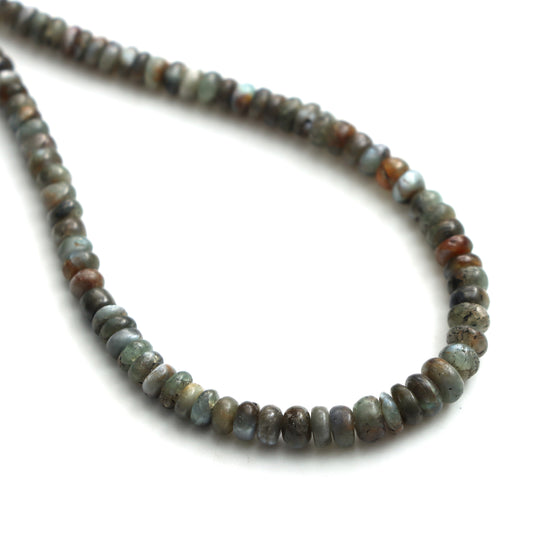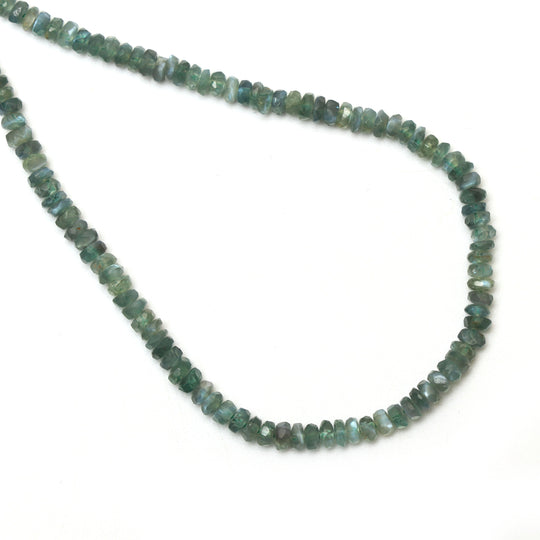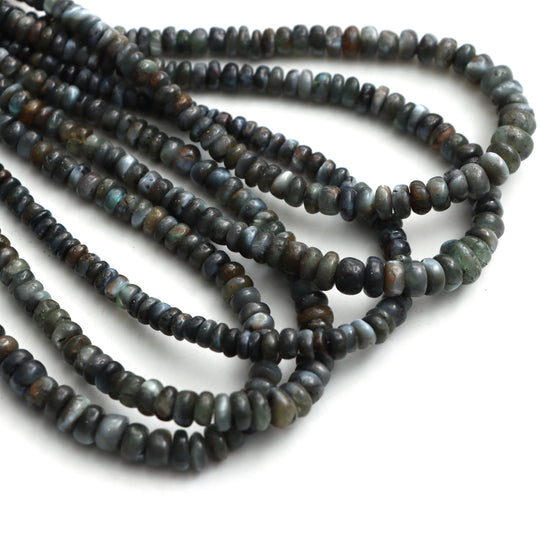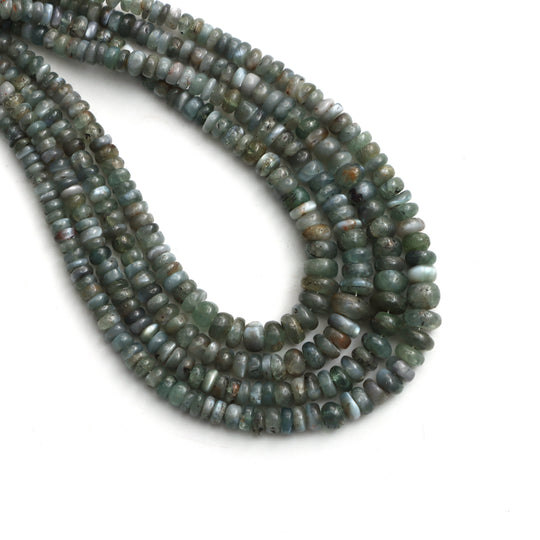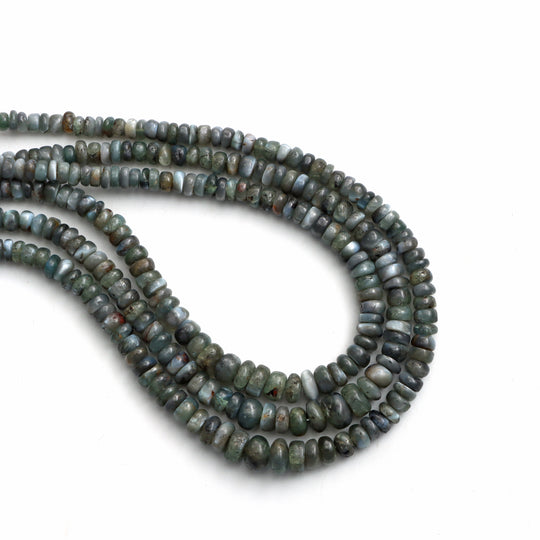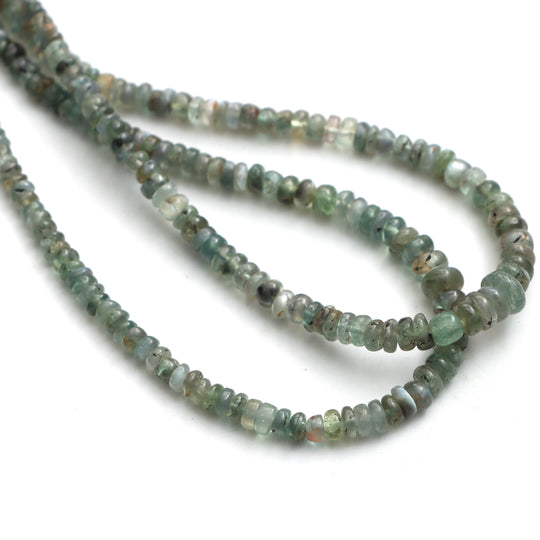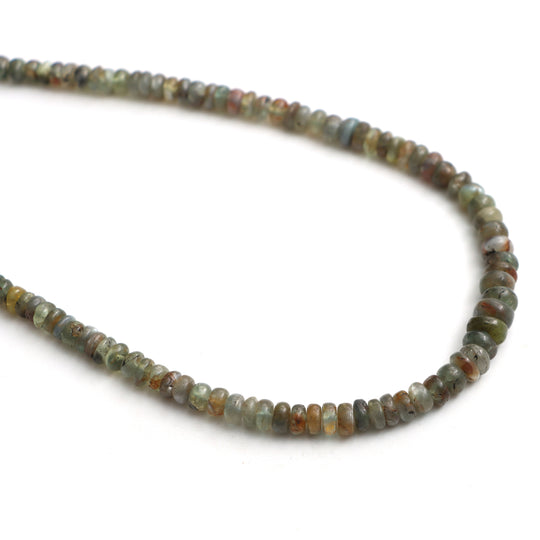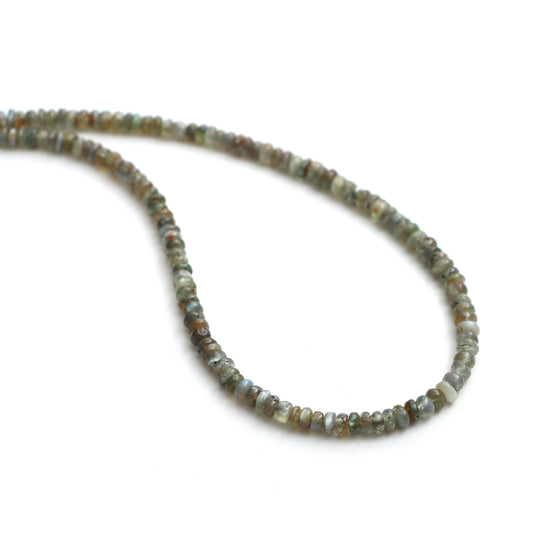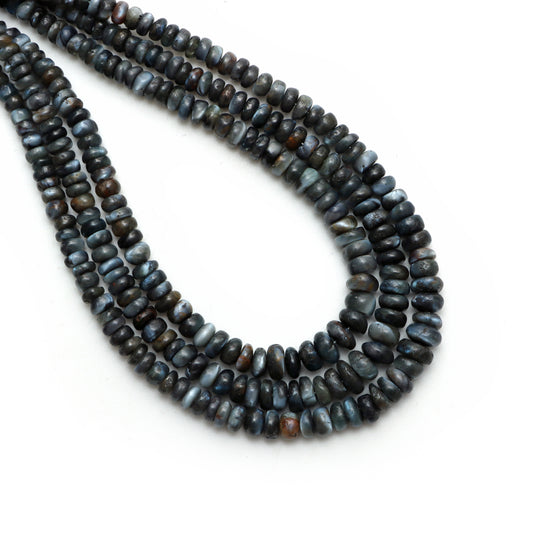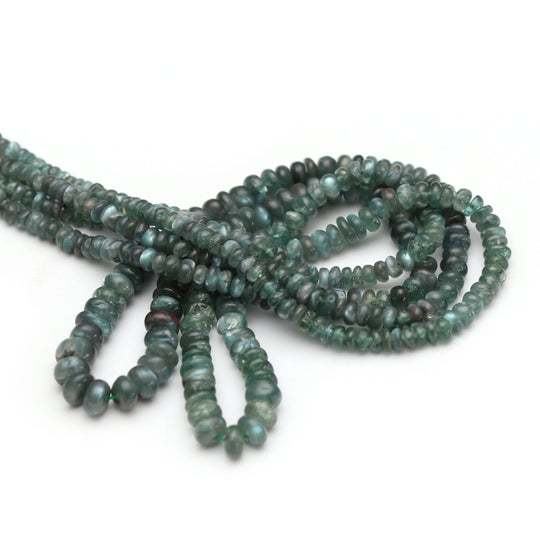What Is Alexandrite Stone?
The scarce color-changing variation of the mineral chrysoberyl, alexandrite, is frequently referred to as "emerald by day, ruby by night" by gem connoisseurs. Alexandrite is a rare variation of the mineral chrysoberyl that can be described as an emerald by day and ruby at night. In the 1830s, it was discovered in Russia's Ural Mountains; today, it's found in Sri Lanka, East Africa, and Brazil, but fine specimens are scarce and valuable.
Alexandrite is named after Alexander the Great, known for his conquests and impressive military campaigns. Alexandrite is a type of gemstone that is composed of two types of minerals: feldspar and quartz. The color of alexandrite wholesale ranges from light to dark blue, depending on the amount of each mineral in the stone. The most valuable natural alexandrite stones are those that have a deep blue color because this color is rare and considered to be very beautiful.
Alexandrite
Where to Buy Best Alexandrite Wholesale In the United States?
National Facets is one of the only places you can buy genuine Alexandrite gemstone jewelry. This gemstone Alexandrite is a beautiful deep blue color and is one of the rare gems on the market. National Facets offers some of the best prices for authentic Alexandrite jewelry in the United States. If you are looking for high-quality Alexandrite crystal jewelry, this is the best place to buy Alexandrite.
Alexandrite is a type of gemstone that is found in many different colors and patterns.
Buy wholesale from National Facets in the United States. The color and pattern of Alexandrite can vary greatly, so selecting a piece that will match your personal style is essential.
Wholesale prices for Alexandrite are often much lower than retail prices, so it is an ideal option for those looking to save money on their purchases.
If you are interested in purchasing alexandrite wholesale, visit national facets online to find the best deals.
Where Does Alexandrite Come From?
The gem is found mainly in Siberia, Russia, and North Africa. It is named after King Louis XVI of France, who was known to wear a green alexandrite ring.
Alexandrite is a gemstone found in many different parts of the world. It is named after Alexander the Great, who was known for his conquests. Alexandrite is colorless but can exhibit a range of colors when cut and polished. Alexandrite usually occurs in tiny, individual crystals.
Alexandrite is found on the isolated island of São Miguel in the Azores. The island is known for its rich mineral resources, which include gold, silver, and copper. The mines on the island have been extracting minerals for over 350 years. In 1872, a French miner discovered a large deposit of a new gemstone he named "Alexandrite." That was said following a visit to the island by Prince Alexandre de Polignac, who was impressed by the gemstone. Today, about 95% of all Alexandrite worldwide comes from São Miguel.
What Is Alexandrite Good For?
1. Alexandrite is a type of gemstone that has many different uses. Some people use it to make jewelry, while others use it to create paintings. Alexandrite is also suitable for energy healing because it is said to help with balancing emotions and lifting spirits.
2. Alexandrite is a rare and valuable gemstone that has many benefits.
3. Alexandrite is a powerful crystal that can help you to connect with your spiritual side.
4. Alexandrite can help you to increase your intuition and psychic abilities.
5. Alexandrite is also known for improving your creativity and problem-solving skills.
6. Alexandrite is also said to be protective against negative energy, making it an excellent choice for people sensitive to negative vibrations.
7. Alexandrite is generally considered a good stone for protection from negative energy and soothing anxiety and stress.
What Color Is Alexandrite?
Alexandrite is a type of gemstone known for its various colors and patterns. The colors include green, blue, purple, pink, orange, yellow, gray, white, and black. The patterns can include stripes, circles, stars, and other shapes.
Green Alexandrite: The green color comes from the presence of chromium, which makes up about 5% of Alexandrite.
Blue Alexandrite: Blue Alexandrite is a beautiful gemstone that ranges in color from light blue to almost violet.
Purple Alexandrite: Purple Alexandrite is a rare gemstone with a deep purple color. The color comes from the presence of chromium and titanium within the stone.
Pink Alexandrite: Pink Alexandrite is a powerful spiritual stone that can enhance energy and help with self-confidence. It is also believed to help promote happiness and peace.
Orange Alexandrite: Orange Alexandrite is a type of alexandrite crystal found in various shades of orange. Due to its stunning hue and distinctive characteristics, it is frequently used in jewelry. Depending on the light source, it emits various colors.
Yellow Alexandrite: The yellow Alexandrite is one of the most beautiful gems in the world. It has a deep, saturated yellow color with a greenish hue.
Gray Alexandrite: Gray Alexandrite is a type of alexandrite gemstone with a slightly bluish-gray color. This stone is said to have mystical powers and is known for its ability to stimulate the Third Eye.
White Alexandrite: People mainly choose white Alexandrite over other colors because it has the most strong color saturation.
Black Alexandrite: The black Alexandrite is made up of carbon and boron, both elements which contribute to its dark hue.
Frequently Asked Questions
Q: Does Alexandrite Change Color?
A: Many believe that Alexandrite changes color when it is moved or when the light shines on it differently. In reality, Alexandrite doesn't change color at all. It is simply a type of gemstone with different colors depending on how the light reflects off it.
Q: Is Alexandrite Expensive?
A: The cost of a single Alexandrite bead can vary greatly depending on its quality and rarity. For example, a high-quality, well-made Alexandrite bead may cost hundreds or even thousands of dollars, while a lower-quality example may only be worth a few dollars.
Q: How Hard Is Alexandrite?
A: The rank of Alexandrite on the Mohs hardness scale is 8.5.
It is challenging and has no cleavage, which tends to break when struck.
Due to its durability, it is recommended for rings and other mountings that are subject to daily wear.
Q: How To Tell If Alexandrite Is Real?
A: First, If the refractive index of Alexandrite is between 1.746 and 1.755, then it is said to be real Alexandrite.
Second, True Alexandrites often have intricate and colorful patterns throughout the stone. If the gem has no visible patterns, it may not be real Alexandrite.
Q: How Rare Is Alexandrite?
A: Alexandrite is a scarce color-change variety of the mineral chrysoberyl. It is often described as emerald by day but turns ruby red when light shines on it at night.
Q: Where Can I Buy Natural Alexandrite Near Me?
A: National Facets offers a wide variety of alexandrite options, all of which are hand-selected for quality and value. If you're interested in buying a natural alexandrite near me, visit our website today!

